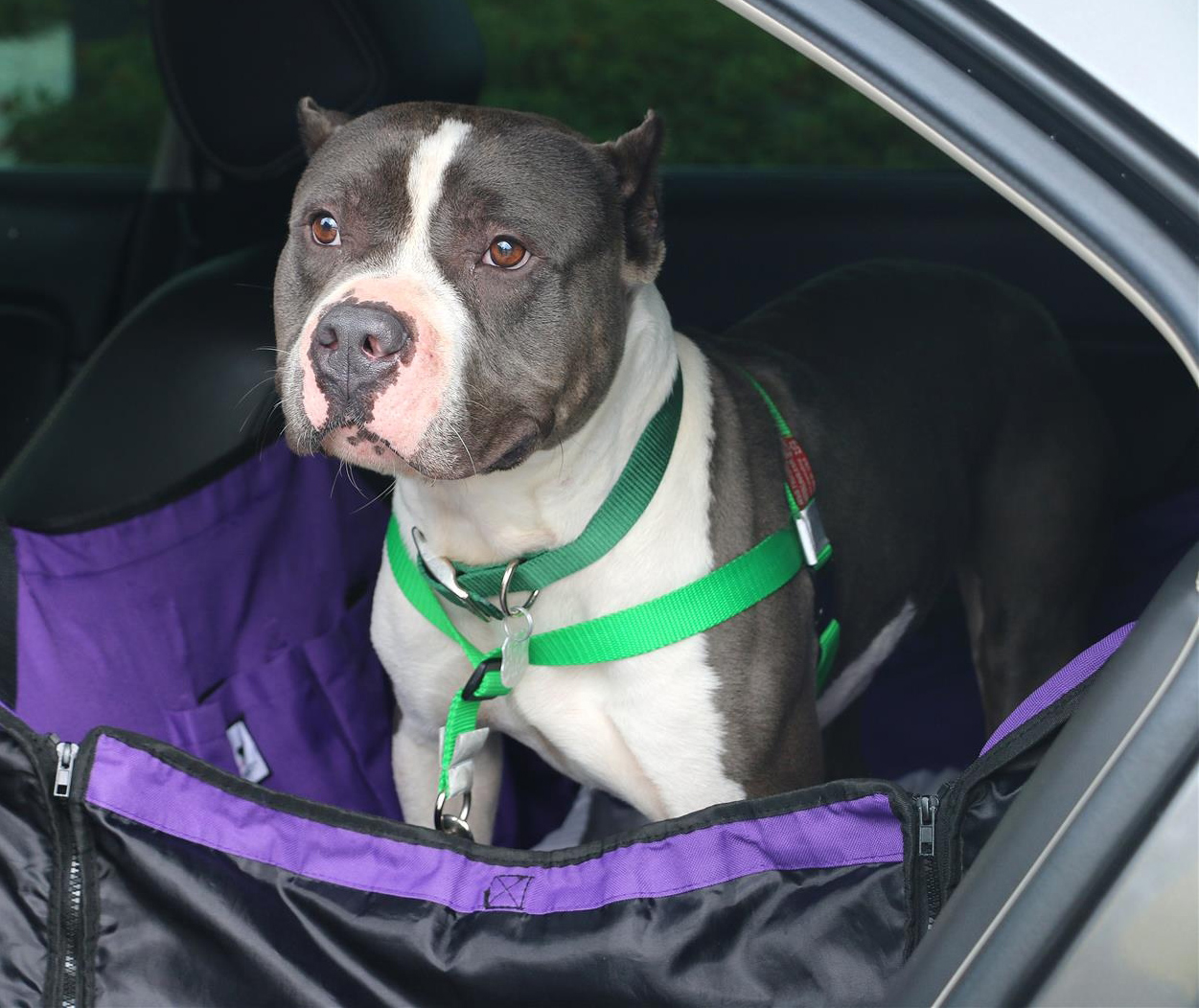Throughout the year, many pet owners find it necessary to travel with their pets. This is particularly true during the summer months. If you are planning a trip that includes your pet, the following tips should help ease the journey and make it a pleasant experience that the whole family will enjoy.
General Tips
- The first step should be a health check by your veterinarian. This will determine if your pet is healthy enough to make the trip. Obtain certificates and documentation that he has received all necessary vaccinations. Do this just before you plan to travel so anyone requiring proof of vaccinations will have recent documentation.
- If possible, try to travel at night or early morning when the temperature is not as hot. This is recommended whether traveling by car or airplane.
- If your plans will include hotel or motel accommodations, make sure in advance that pets are allowed.
- For the animal's safety, he should ride in a crate with plenty of ventilation. (For air travel, determine in advance which types of crates are approved.) Make sure your pet can stand, turn around and lie down comfortably. Line the crate with something soft, provide a toy to relieve boredom and attach food and water bowls. If traveling with a cat, include a disposable litter pan. Be sure that the animal is familiar and comfortable with the crate before the trip. Dogs should be exercised before entering the crate.
- All traveling pets should be wearing a flat-buckled collar and I.D. tag with name, address and phone number, as well as a license/rabies tag. Microchipping will provide extra protection should your pet become lost during the trip.
- Give your pet time to adjust to the new surroundings when you arrive.
Car Travel
 If your pet is unaccustomed to car travel, take some short rides with him before the long trip. This will make the actual trip less stressful for him (and everyone else).
If your pet is unaccustomed to car travel, take some short rides with him before the long trip. This will make the actual trip less stressful for him (and everyone else).
- Stop every few hours to allow dogs to relieve themselves and exercise. Under no circumstances should pets run loose at rest stops.
- Have extra jugs of water on hand for emergencies.
- Never leave your pet in a parked car. In a matter of minutes, the temperature can rise high enough to cause heatstroke, brain damage and even death.
Air Travel
- Make reservations for your pet. Never arrive with a pet without making prior arrangements.
- Feed and offer water four hours before arrival at the airport. For trips over 12 hours, attach a plastic bag containing dry food and feeding instructions to the top of the crate.
- The food and water dish inside the crate should be easily accessible to airline personnel.
- Freezing the water you provide for your pet will prevent it from spilling during loading, but will have melted by the time he needs a drink.
- The approved airline crate should be marked with the words "Live Animal" on the top and sides.
- On top of the crate also include the name, address and phone number of the person picking up your pet and his destination.
- Securely close the crate, but do not lock it. It may need to be opened in case of an emergency.
- If your pet will be traveling with you in the passenger cabin rather than the cargo hold area, he must be secured in an approved carrier that fits securely under the seat in front of you. Specifications regarding approved carriers can be obtained from the airlines when making your reservation. It is against FAA law to remove the animal during the flight. Always respect your fellow passengers.